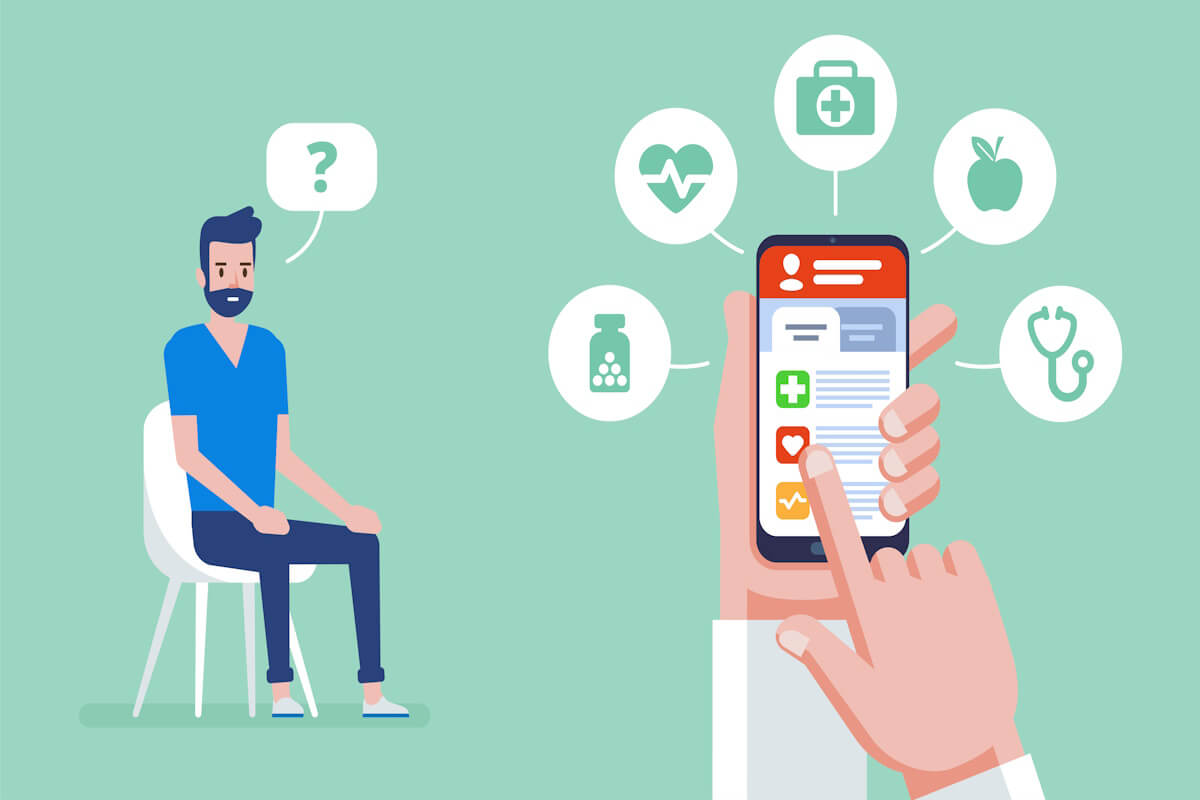In today’s digital age, healthcare apps have become essential tools for both patients and healthcare providers. These apps can help patients manage their health conditions, track their progress, and communicate with their providers. However, it is important to ensure that these healthcare apps are inclusive and cater to the diverse needs of all patients, regardless of their background, abilities, or preferences.
Importance of Inclusivity in Healthcare Apps
Inclusivity in healthcare apps is crucial to ensure that all patients have equal access to the resources and support they need to manage their health effectively. By creating inclusive healthcare apps, developers can help bridge the gap in healthcare disparities and improve health outcomes for all patients, especially those from marginalized communities.
Ensuring inclusivity in healthcare apps can also help reduce barriers to healthcare access for underserved populations. By considering the diverse needs of all patients, developers can create apps that are user-friendly, culturally sensitive, and tailored to individual preferences, ultimately leading to better health outcomes for all.
Moreover, inclusive healthcare apps can promote patient empowerment and engagement by providing personalized tools and resources that cater to different needs and preferences. This can help patients take a more active role in managing their health and making informed decisions about their care, leading to improved health literacy and better overall well-being.
Considerations for Designing Inclusive Healthcare Apps
1. Accessibility Features
- Ensure that healthcare apps are accessible to users with disabilities, such as visual impairments or mobility limitations.
- Include features such as voice commands, screen reader compatibility, and adjustable font sizes to accommodate different needs.
- Provide alternative text descriptions for images and videos to ensure that all users can access and understand the content.
2. Multilingual Support
- Provide multilingual support in healthcare apps to cater to patients who speak languages other than English.
- Include language options and translation services to ensure that all patients can easily navigate the app and understand the information provided.
- Consider localization strategies to adapt the app to different cultural contexts and language conventions.
3. Culturally Sensitive Content
- Consider the cultural backgrounds and preferences of diverse patient populations when designing healthcare apps.
- Include culturally sensitive content, images, and language to ensure that all patients feel represented and respected.
- Collaborate with cultural experts and community leaders to ensure that the app is inclusive and respectful of diverse cultural norms and practices.
4. Personalization Options
- Offer personalization options in healthcare apps to allow patients to customize their user experience based on their individual needs and preferences.
- Include features such as customizable dashboards, reminders, and notifications to help patients manage their health in a way that works best for them.
- Implement machine learning algorithms to personalize content and recommendations based on user behavior and preferences.
Best Practices for Creating Inclusive Healthcare Apps
1. User-Centered Design
- Prioritize user-centered design principles when developing healthcare apps to ensure that the needs and preferences of patients are at the forefront of the design process.
- Conduct user testing and gather feedback from diverse patient populations to identify areas for improvement and make necessary adjustments.
- Use personas and user journey mapping to design intuitive and user-friendly interfaces that cater to different user needs and preferences.
2. Collaboration with Healthcare Providers
- Collaborate with healthcare providers and professionals to ensure that healthcare apps align with clinical guidelines and best practices.
- Seek input from providers who work with diverse patient populations to ensure that the app meets the needs of all users.
- Implement secure messaging and data sharing functionalities to facilitate communication and collaboration between patients and healthcare providers.
3. Regular Updates and Maintenance
- Regularly update and maintain healthcare apps to address any bugs, security vulnerabilities, or usability issues that may arise.
- Keep abreast of new technologies and advancements in healthcare to ensure that the app remains relevant and effective for users.
- Monitor user feedback and analytics data to identify areas for improvement and prioritize feature enhancements based on user needs and preferences.
Conclusion
Creating inclusive healthcare apps for diverse patient needs is essential to promote health equity and improve health outcomes for all patients. By considering accessibility features, multilingual support, culturally sensitive content, and personalization options, developers can ensure that healthcare apps are accessible and user-friendly for all patients. By following best practices such as user-centered design, collaboration with healthcare providers, and regular updates, developers can create healthcare apps that meet the diverse needs of all patients and contribute to a more inclusive healthcare system.
Looking to develop inclusive healthcare apps that cater to diverse patient needs? Contact us today to learn how we can help you create user-friendly and accessible solutions.
FAQs:
1. Why is inclusivity important in healthcare apps?
- Inclusivity in healthcare apps is crucial to ensure that all patients have equal access to the resources and support they need to manage their health effectively. By creating inclusive healthcare apps, developers can help bridge the gap in healthcare disparities and improve health outcomes for all patients, especially those from marginalized communities.
2. What are some considerations for designing inclusive healthcare apps?
- Some considerations for designing inclusive healthcare apps include incorporating accessibility features for users with disabilities, providing multilingual support, including culturally sensitive content, and offering personalization options for users.
3. How can healthcare apps be made more accessible?
- Healthcare apps can be made more accessible by including features such as voice commands, screen reader compatibility, adjustable font sizes, multilingual support, culturally sensitive content, and personalization options for users.
4. What are some best practices for creating inclusive healthcare apps?
- Some best practices for creating inclusive healthcare apps include prioritizing user-centered design principles, conducting user testing, and gathering feedback from diverse patient populations to identify areas for improvement.


